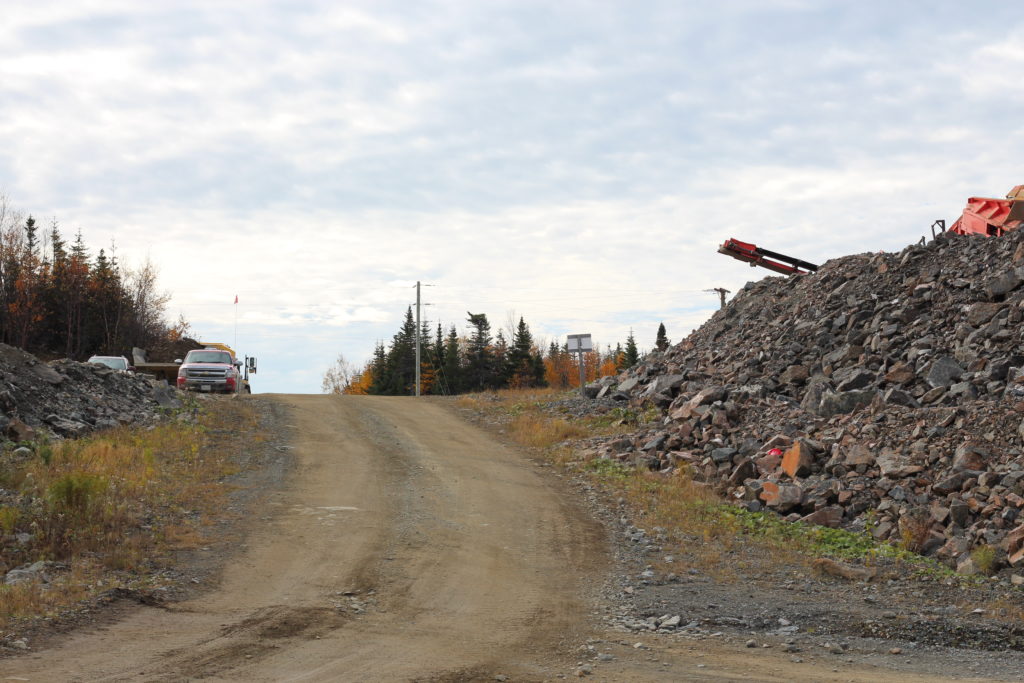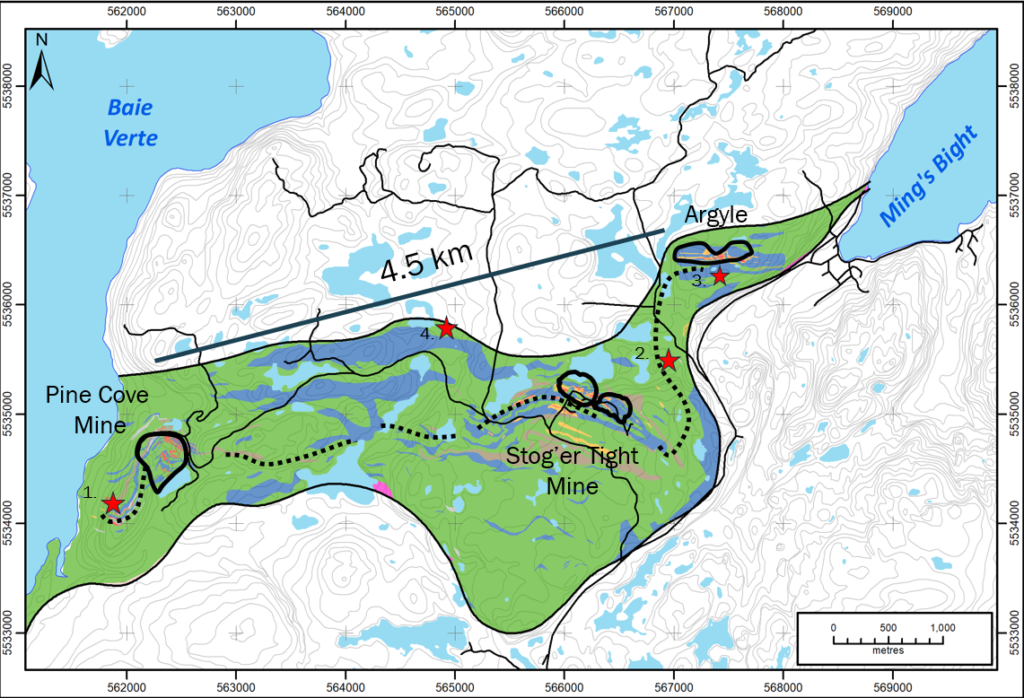
The junior resource sector is fraught with risk, and in the midst of a bear market, it becomes even more evident as the market continues to trend downward. For those who choose to participate in bear markets, it truly is where the ‘wheat is separated from the chaff.’
Being diligent and researching the companies in detail, understanding their catalysts and not being afraid to take profits is, in my opinion, of the utmost importance for giving yourself the best odds of success in the current market.
Fortunes are made in the resource sector by buying when others are selling and vice versa; it just takes time and fortitude to ride out the bumps along the way.
Today, I’m sharing my recent interview with Maria Smirnova, Senior Portfolio Manager at Sprott Asset Management LP. Smirnova has over 16 years of experience in the financial services industry, and is currently part of the precious metals team and manages Sprott Silver Equities Class, Sprott Gold and Precious Minerals Fund, as well as the Sprott Hedge LP and LP II Funds.
Without further ado, a conversation with Maria Smirnova:
Brian: Lately, I’ve spent significant time debating the criteria I use and the level of risk I’m willing to take when evaluating jurisdiction. The topic is very interesting because ― although there are quantifiable aspects to jurisdiction ― I believe many of the general opinions about jurisdictional risk are based on qualitative observations or anecdotal themes that are proliferated through the mainstream media.
Broadly speaking, how do you approach investing in so-called “risky” jurisdictions? Secondly, are there any jurisdictions that you would not invest in, even if they presented a good price to value proposition? Please explain.
Maria: In evaluating mining companies, we are constantly assessing jurisdictional risk. I break our findings into two broad categories; one group clearly has either good or bad investment attributes, and the other group is more characterized by shades of grey.
In the first category, a country’s attributes, such as its policies toward mining titles or its taxation regime, are easily examined and can be deemed to be either good or bad. Two of the best jurisdictions we invest in are Canada and Australia. Conversely, there are other jurisdictions, such as Russia or the Central African Republic, which we avoid. The biggest reason is that in either of these countries we cannot be confident that a mining title is secure. In other words, it might be possible that the government could intervene and nationalize the mining claim. We avoid situations with this level of uncertainty.
The second, “shades of grey,” category involves other issues surrounding a country’s mining investment attractiveness which are more complicated to assess. Mexico is a good example, even though the country is highly prospective and rich in gold, silver and other metals. Mexico is comprised of 31 separate administrative states, each with differing politics. Some Mexican states are much more conducive to mining investment than others and, therefore, it is critical to conduct your due diligence, and to meet with the management teams on the ground within those states.
Outside of doing a site visit ― which is the best approach to understanding the dynamics of a specific locale ― company representatives working in the field can provide key insights into what is happening at the local level. I was in Mexico a few months back, and it was incredibly informative. I visited three different Mexican states during my week-long visit, and this trip greatly enhanced my overall understanding of the country and its varying approaches to mining.
Brian: Personally, I have enjoyed the most success in the resources sector when I have been (correctly) contrarian to market sentiment. It’s one thing to understand the concept of being contrarian, and it’s another to put into practice, and be successful.
One of the biggest hurdles to being a successful contrarian is figuring out the best time to buy. For example, over the last 23 months, many precious metals companies have seen their share prices move downward or sideways.
Therefore, given the resistance to ‘catching a falling knife,’ is there a strategy you can share for taking a position in a company, in a falling market?
Maria: We take a longer-term view. The market has become very short-term focused, and we try to remain medium to long-term focused. Of course, the old saying goes, “Buy low, sell high.” We’re at a pricing point right now where some mining companies represent incredible value from a cash flow perspective. Additionally, you can analyze other valuation metrics, such as price-to-cash flow or free cash flow, which also reveal that some mining names are very undervalued.
We track all this information daily and will buy strong, healthy companies which have sold off. Now, there may be names that have been declining for a reason associated with a fundamental issue within the company or political risk within the jurisdiction, and in those cases, we stay away.
From a strict valuation point of view, now is a very good time to add to mining positions to investment portfolios. You don’t need to buy everything in one day; you dollar-cost average over time. Certainly, right now is a good time to buy given that both gold and silver have sold off significantly.
Sentiment is really at a low for miners right now. There has been significant cash flow out of the sector. Vanguard just announced that it is moving its mandate away from sub-advisor M&G Investment and renaming its precious metals and mining fund. This type of capitulation is not helping stock prices. But at the end of the day, it also means that even though the business has not changed, the company is selling for less ― a great opportunity for investors.
Brian: As you mention in your recently published Sprott Silver Report, the silver price has been range bound trading between $16 and $18 USD per ounce for the last 18 months.
In your opinion, what are the factors currently affecting the price of silver?
Maria: Silver is a fascinating subject. I am a big fan of silver and do like the fundamentals of the metal from an investment perspective. Right now, the price has come off, but I don’t think it’s the fundamentals are the reason.
Silver has been in fundamental deficit for the last three or four years and production has started to decline. Yet, silver’s uses are growing, many of which are exciting new industries such as electric vehicles and solar panels.
I believe that market forces have been pushing silver’s price down. Silver shorts on the COMEX are at record highs. You have to look back to the 1990s to find a time when the volume of short positions was this high.
We have also experienced a significant drop off in silver coin sales, which began in late 2016 shortly after the Trump election in the U.S. When that marginal coin buyer is not there, it definitely hurts the silver market. Much of the market’s attention has been drawn or focused on marijuana stocks and crypto-currencies. I believe that when that marginal buyer returns, silver is likely to have a significant run.
Brian: Strong demand mixed with constrained supply can be the perfect storm for metal price appreciation. In my opinion, one source of demand which will have a profound effect on the metals markets, on a whole, is the adoption of electric vehicles.
While lithium, cobalt and nickel have garnered much of the press surrounding the EV revolution, can you tell us why silver is set to play a critical role in the EV revolution in the years ahead?
Maria: That’s a great question; I’ve written about the importance of silver in electric vehicles. It is a topic that is not getting much attention. People generally don’t think of silver as being used in electric vehicles, because the amounts used are small; rather they focus on the the cobalt and lithium used in EV batteries because the quantities are more significant.
Silver has high electric conductivity and, therefore, is often used in electrical based machines. Cars are a perfect example. Silver is already used in many automotive components, such as air conditioners and mirrors. Basically, for anything electric, silver can be used, but typically in small amounts, so it gets little attention.
In saying this, however, electric vehicles will use more silver than older gas- or diesel-fueled cars. Autonomous vehicles will use more silver than electric vehicles and so on. By the way, the main reason for an increase in silver usage in autonomous vehicles is the need for multiple redundant or backup systems in case of failure.
We’re excited to see the growth of both electric and autonomous vehicles, and it is only a matter of how fast these new technologies get adopted. It is the way of our future and silver will play a very significant role.
Concluding Remarks
There’s a lot of actionable information that can be gleaned from this interview with Smirnova. For those of you looking to hear more from Smirnova and the rest of the world-class investment professionals and subject matter experts at Sprott, I suggest subscribing to Sprott’s Insights, where their views on precious metals and real assets can be delivered right to your inbox.
Conferences are a fantastic way to meet like-minded investors, as well as the people who run the companies in which you’re investing. In my opinion, this year’s Sprott Natural Resource Symposium was the best yet, as it had a roster of All-Star speakers and some of the best companies in the junior resource sector. The Symposium continues to be one of my favourite conferences, and I highly suggest that you attend. I hope to see you there!
Additionally, for those who couldn’t make the 2018 edition of the Symposium, Sprott is currently offering a discount on the MP3 Recording Package, which includes all of the power point presentations from the Symposium.
Don’t want to miss a new investment idea, interview or financial product review? Become a Junior Stock Review VIP now – it’s FREE!
Until next time,
Brian Leni P.Eng
Founder – Junior Stock Review
Disclaimer – The following is not an investment recommendation. I am not a certified investment professional, nor do I know you and your individual investment needs. Please perform your own due diligence.




